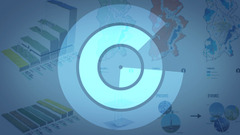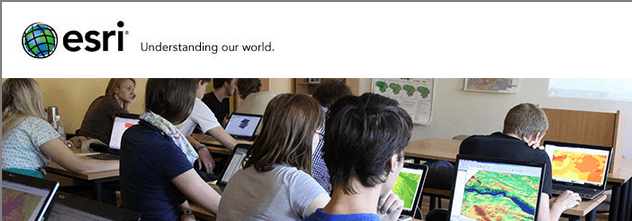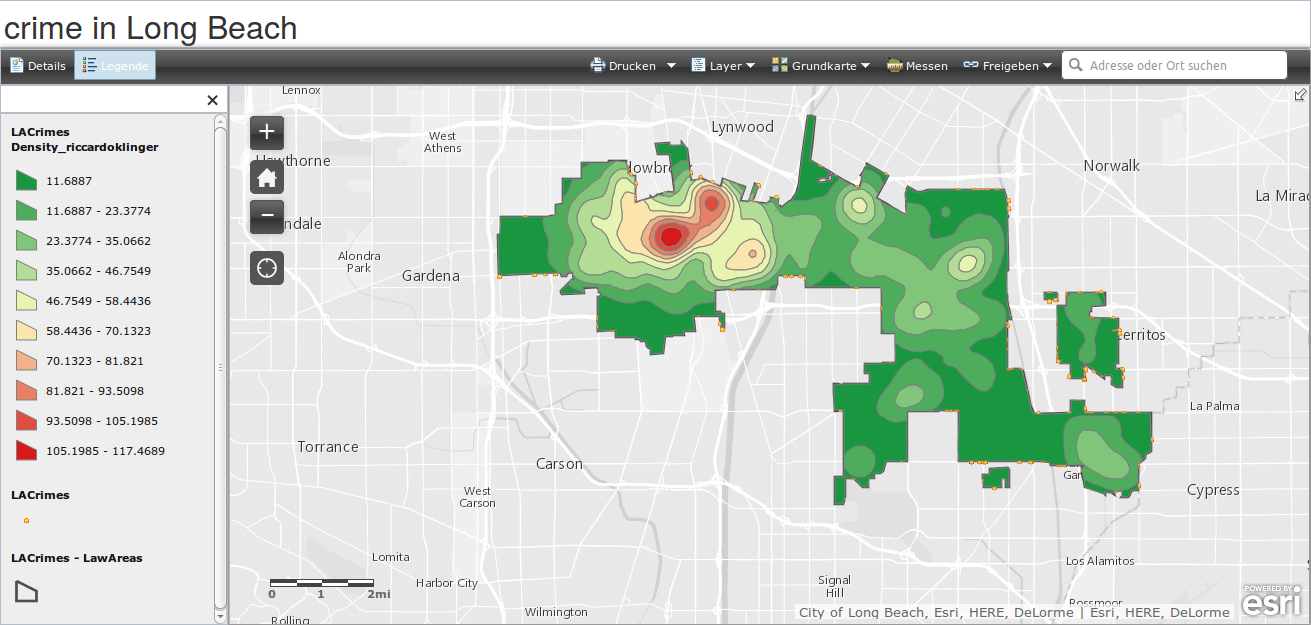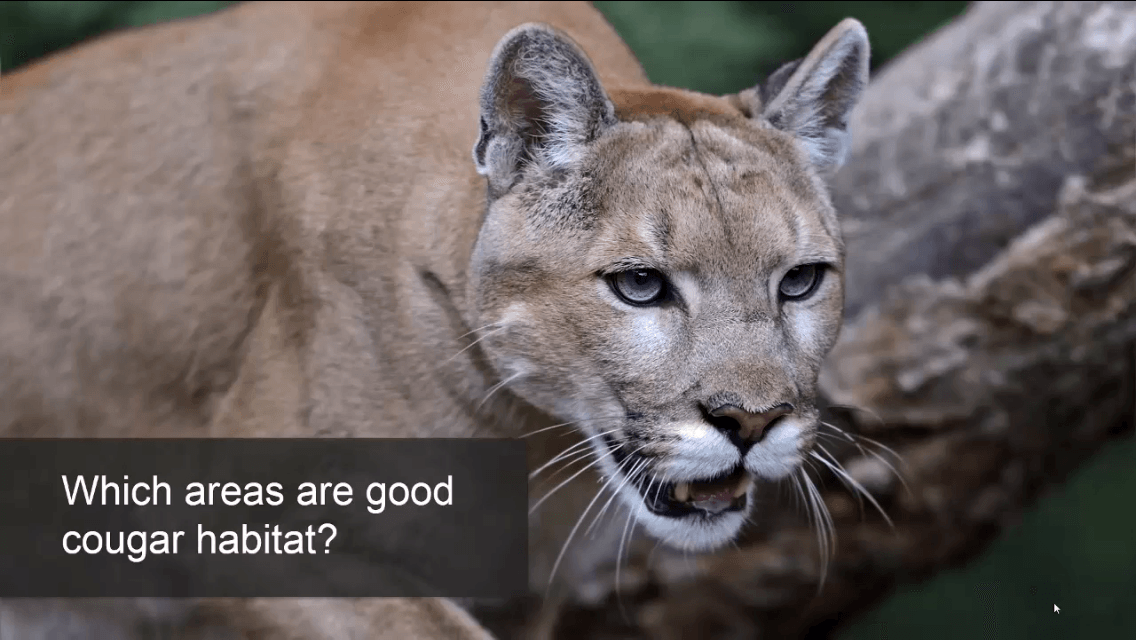Antoher 5-week MOOC came to it’s end and therefore I like to write a short summary about it.
I attended the MOOC “Geodesign: Change your World” created by PeenState University at the MOOC platform Coursera.org.
If you’re interessted in the fundamentals (definition, principles, models, strategies) of Geodesign or what the term in general means, you’re absolutely right with this MOOC.
Before I’ll resume the topics and content, I’ll give a short overview about the logistics:
The course is a 5-week MOOC with weekly main lectures (video and transcript) with a length of about 10min, supported by two or three guest lectures (about 10min each) to more specific and technical issues. Besides this every week has a specific topic (unforunately which isn’t component of the lectures) supported by three so called “Change Agent card”, 2 pages with different regional problems about the selected topic. The topics are also part of the three Case Studies the students have to work on. Those case studies are presenting Geodesign project from all over the world and show there challenges according to the weekly content of the lectures and Change Agent Cards. The case studies are either as PowerPoint or on the Website of ASLA (American Society of Landscape Architects) with a text about 2 pages and 15 images (like plans, maps, pictures, models etc.). Find an example here. Every week there are some activities like reading examples or recommendable websites to explore. See a change agent card here:
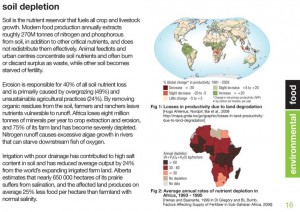
Every week closes with a quiz of about 10 questions which you can only answer right if you work through all the lectures, change agent cards and examples. They are not easy but you’ve three attempts for each quiz.
In week 4 the Peer Assessment is presented. It’s a personal work of each student with the task to develop a own or existing “Geodesign-framework or -project” and write a 3 page long summary about it. Students have to pin the project on a map. In the next step every student has to go through five papers of his/her collegues and evaluate it. The overall evaluation counts 60% of the final grade for your certificate.
After I told you about the MOOC structure I’ll refer to some contents to give you the possbility to check if the course is interesting for you.
Week 1: Week 1 was about the definition of Geodesign as well clarification of the terms “Design” and “Change” also supported by a more digital-geograpical aspect: “fundamentals of Spatial thinking”.
The topic of the change agents and case studies were about “flooding”. The staff recommend the “Surging seas risk finder“-website.
Week 2: Infrastucture was the topic of week 2. The main lecture is about the three “D’s” of Geodesign: Design, Decision and Data. There you come closer to the need of Geodata for planning processes and modelling different scenarios. Guest lectures were about “Decision is Driver” and “Design & Iteration” which I found quite interesting.
Week 3: Conversation. In week 3 the three “C’s” of Geodesign were presented: Complexity, Computation and Collaboration. The guest lecture was again a little bit more into Digital-Geography under the topic “Analyzing data”.
Week 4: Sustainable Development was the topic of week 4s case studies. The main lecture had the title “The influence of the context” and showed the relationship between physical and human aspects. The guest lecture showed the importance of scale.
Week 5: The “Process and Framework” topic summarized all the topics of the previous weeks. Guest lectures presented case studies concerning the topic “Urbanization”.
The course was very international (students from 168 countries) with over 2200 active students in week 2.
To give a personal feedback: I really liked the MOOC although it wasn’t what I expected. The teachers were quite talented, the platform Coursera.org well structured and the tasks clear. The topics had a nice mix and were diversified by the different teachers.
Video about scale by Dr. Anthony Robinson (Guest lecture)
